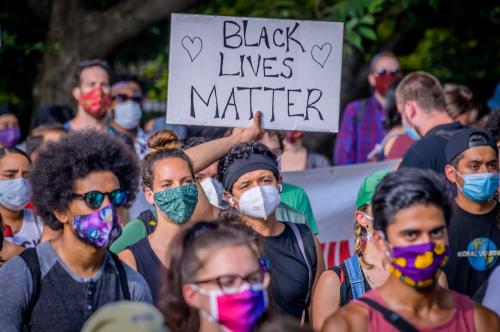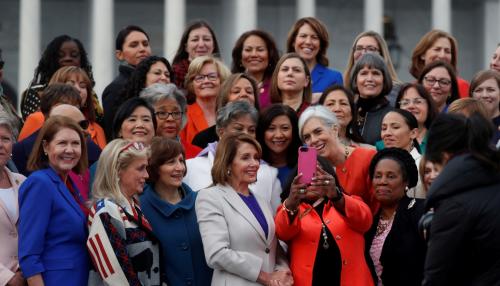If you want more content like this, subscribe to our newsletter.
This week in Class Notes:
-
- How students rank among their elementary school peers has a lasting impact on their academic performance, college attendance, and future earnings.
- States with more income inequality have suffered a higher rate of COVID-19 deaths.
- Community colleges play a vital role in creating equitable access to the evolving U.S. workforce. Opportunity America lays out a strategy to meet students’ needs.
- Our top chart shows that Black and Latino or Hispanic U.S. residents are three times more likely to be infected by the coronavirus than white residents in the same area.
- Darren Walker, president of the Ford Foundation, calls for the powerful to part with their privilege to address inequality.
- Finally, check out Bradley Hardy and Dave Marcotte’s new piece for us investigating the role of higher education in supporting the middle class.
Class rank and long-run outcomes
Do elementary school educational outcomes matter? In particular, what is the influence of relative performance (compared to peers within a school), as opposed to absolute achievement? According to Denning et al., elementary rank has a lasting impact on later academic performance, college attendance, and future earnings. Class rank does not affect students evenly, however; low-income and non-white students benefit more from a high rank and lose more from a low rank. Students benefit from being in a school with higher levels of achievement overall, but 39% of a median student’s gains from attending a higher peer-achieving school are offset by the effect of their decreased relative rank within the school. For example, a top performer (75th percentile rank) at one school will earn $1,500 more per year than a bottom performer (25th percentile rank) with the same absolute achievement at another school.
Association between state-level income inequality and COVID-19 cases and mortality in the USA
Lower-income Americans have less access to health care and also hold a disproportionate number of essential jobs with high exposure to COVID-19. Income inequality may exacerbate risk factors through “economic segregation, decreased social mobility, and lower access to medical care.” Oronce et al. study the effect of state income inequality on the number of COVID-19 cases and deaths and find that states with higher levels of income inequality suffered from a high number of COVID-19 deaths. An increase of one point in a state’s Gini index, a measurement of income inequality, raises the death rate per 100,000 people by 27%.
The indispensable institution
Technological advances are transforming the workforce; in 2019, two-thirds of jobs required some postsecondary education or training, compared to just 32% in 1983. While four-year degrees remain inaccessible or unnecessary for many, community colleges have long emphasized career-oriented programs. Community colleges have the chance to lean into their equalizing role and provide training, education, and experience for the changing economy, according to a report by Opportunity America. Among the report’s recommendations: design programs to match the local economy; attract and retrain midcareer adults; focus on job placement and work-based learning; connect credit and noncredit learning; expand industry certification programs; accept credit for prior learning; increase cooperation among community colleges; and boost funding.
Top chart
This week’s top chart from the New York Times shows the number of coronavirus cases by race across 974 U.S. counties. According to data from the CDC, Latino and Black people are three times more likely to be infected than their county’s white population.
Choice opinion
“Inequality in America was not born of the market’s invisible hand. It was not some unavoidable destiny. It was created by the hands and sustained effort of people who engineered benefits for themselves, to the detriment of everyone else. American inequality was decades in the making, one expensive lobbyist and policy change at a time. It will take a concerted effort to reverse all of this, and to remake America in the process,” writes Darren Walker, president of the Ford Foundation, in the New York Times.
Self-promotion
As American workers continue to seek economic security, employers demand an increasingly educated workforce. In their new piece “Education and the dynamics of middle-class status,” Bradley Hardy and Dave Marcotte investigate higher education’s role in gaining and maintaining middle-class status, and how demographic factors interact with education to affect movement in and out of the middle class.








Commentary
Class Notes: The effects of elementary class rank, COVID-19 mortality, and more
Wednesday, July 15, 2020